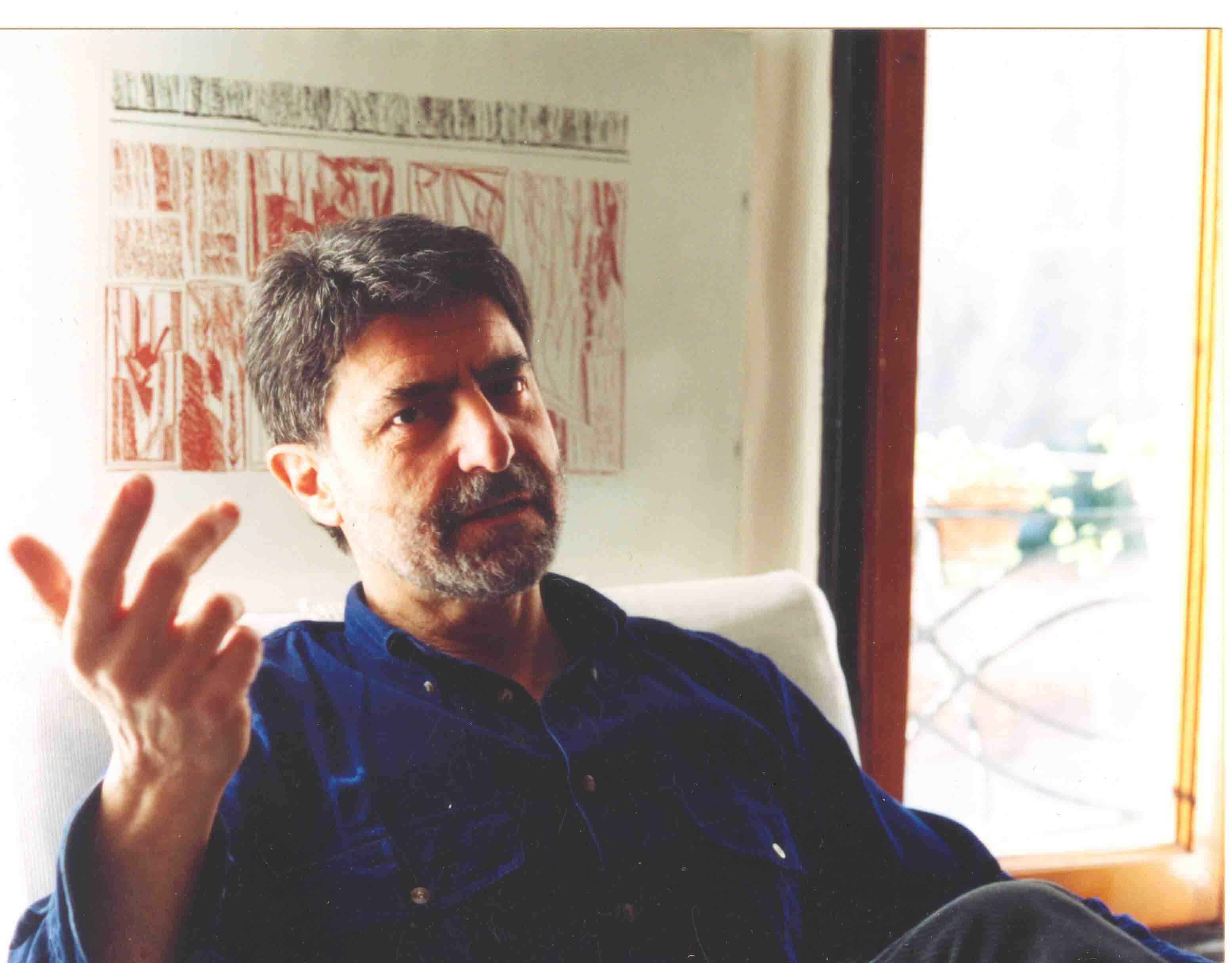music in the world of images
on claudio ambrosini by caterina skerl

What lead you to figurative art in those years? It was the need of expressing your creativity and your passion for music, trying to make your way through alternative channels? Or did you approach to visual art independently from music?
The world of images belongs to me since I was born. My father was a painter and my grandfather a sculptor. I had the possibility of getting in contact with the art that surrounded me. Quickly I started to experiment with sculpture and later I came closer to another type of expressive form, photography.
In the seventies, my permanence in the world of art galleries, that I always considered like a golden exile, derived from my interest for music. At that time I worked a lot and at the most of my graphic abilities. Music was the centre of my visual works: music writing, sound space, the link with past music and the references to authors like Beethoven or Chopin revived with images, spaces or videos.
Even if I was a natural musician, the visual experiment was a passage of my inner voyage, still evolving, that currently leads me to others “creative seasons”, projected in different dimensions that are, somehow, more complex. I’m dealing with the problem of the disappearance of some languages, that will be the main theme of my next opera, connected to the linguistic interest that was the core of my academic studies.
The artistic course presented on the show displayed in Trieste regards experiments related to music. So music is your starting point. The figurative experience of the seventies influenced the successive music research, making it more unique and expressive?
I continued to work in the art field for about ten years. Music inspired my ideas and led me to the realization of projects and scores that often had elements unrelated to traditional music features. One of my first music pieces was displayed in an art gallery and it included, for instance, the use of the flute, of the clarinet and the use of some plants that in the water produce sounds. The plants recalled the theme of the forest related to the myth of Euryalus and Nisus and generated sounds in which the flute and the clarinet got lost…
My musical proposals weren’t suitable for a traditional concert hall, but were immediately welcomed by the art scene, that at that time experimented with performances, installations, land art and videos. When the world of music invited me to realize projects as a composer, I continued my research connected with space, video and photography, transferring it in my music pieces, for example in those that included videos.
What about the spaces and the opportunities that you find in Venice in those years?
In Venice there were two important and available spaces. One was the Foundation Bevilacqua la Masa – still existing- a structure especially meant for young artists. The other one was the Cavallino Gallery of Venice, a very important gallery that had an important role in discovering the Spatialism movement, the place where the Italian informal painting was born, connected with the whole world. The Gallery produced art videos, as a producer company and those videos were demanded by the festivals held in those years in Australia, United States and Great Britain.
Taken from a conversation with Claudio Ambrosini by Caterina Skerl (May 2008)